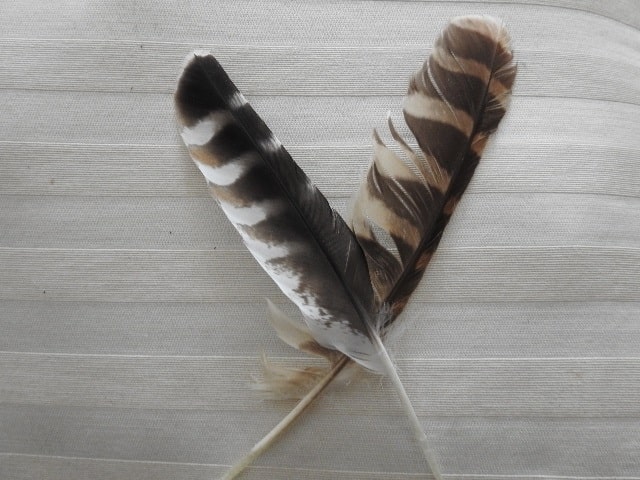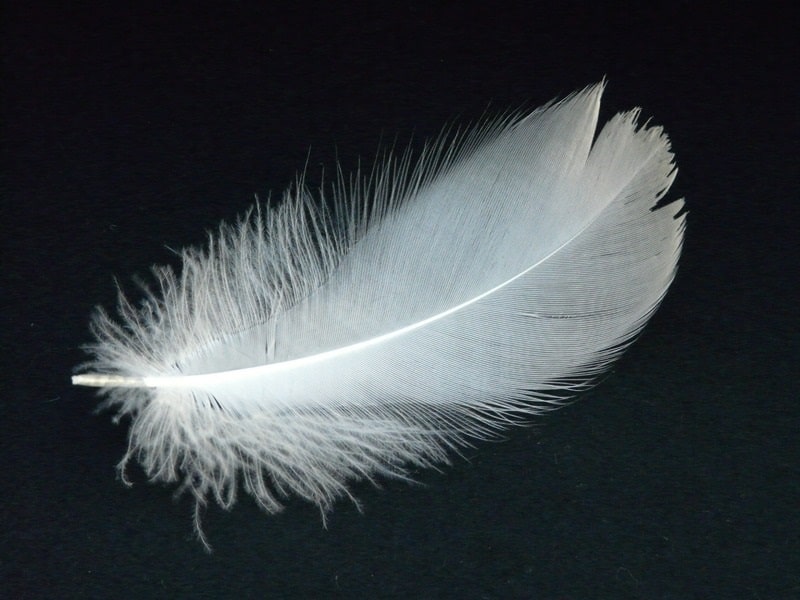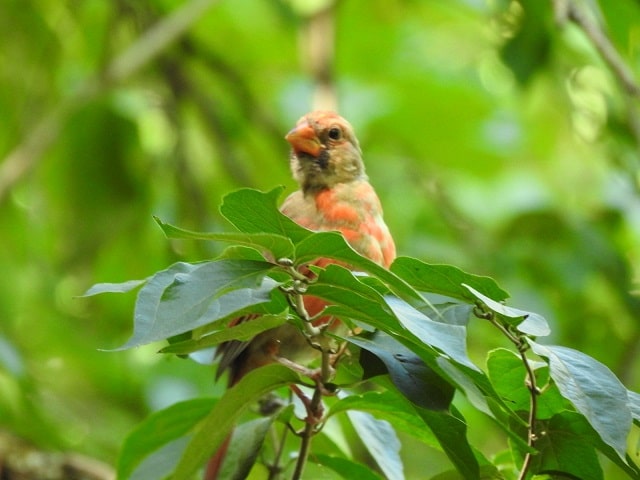Bird Feathers: A Complete Guide
Last updated: September 18, 2025
Birds have long captured our imagination with their effortless grace, vibrant colors, and the way they soar through the skies.
But what's often overlooked in their beauty is the secret behind their flight and survival feathers.
Far more than just decoration, they are a marvel of nature. So, let's dive into this world and uncover the magic they hold.
What Are Feathers?
Feathers are unique to birds and are one of the defining characteristics that separate them from other animals.
While they may look delicate, feathers are incredibly complex structures designed for specific purposes like flight, insulation, and even communication.

Unlike fur or scales, bird feathers are made of keratin, the same protein found in human hair and nails.
Types of Bird Feathers
Not all feathers are created equal. In fact, birds have different types of feathers that serve distinct purposes:
- Contour Feathers: These are the feathers you're most likely to notice. They form the bird's outer layer and give it its shape and color. They also play a key role in flight by streamlining the bird's body.
- Down Feathers: Soft and fluffy, down feathers are all about insulation. They trap air close to the bird's body, helping to keep it warm in cold conditions.
- Flight Feathers: As the name suggests, these feathers are located on the wings and tail, and they are essential for flying. They provide the lift and propulsion needed for birds to take to the sky.
- Semiplume Feathers: These feathers are a mix of contour and down feathers, adding extra insulation while maintaining a bit of shape.
- Filoplume Feathers: These tiny, hair-like feathers act like sensory devices, helping birds detect changes in wind and movement of their contour feathers.
- Bristles: Found near the eyes, mouth, or nostrils, bristle feathers act as a form of protection, often resembling whiskers.
How Do Bird Feathers Work?
Each feather is carefully structured to serve its role. In flight, feathers work together to create lift and reduce drag.

The overlapping arrangement of flight feathers allows air to flow smoothly over the bird's wings, while the muscles beneath them control their positioning for precise maneuvers.
For insulation, down feathers trap pockets of air close to the skin, much like a high-tech winter jacket.
Feathers are even crucial for waterproofing, as birds use oils from their preen glands to coat their feathers, keeping them dry and buoyant.
What Are Bird Feathers Made Of?
As stated earlier, feathers are primarily made of keratin, the same protein that forms human hair and nails.
Each feather consists of a central shaft with barbs extending from it, which in turn have smaller structures called barbules.
These barbules hook together, creating a strong yet flexible surface that can resist air and water while maintaining the bird's overall aerodynamics.
Why Do Birds Lose Feathers?
Like many animals, birds go through a natural process called molting, where they shed old or damaged feathers to make way for new ones.
This usually happens annually, though the timing and extent of molting can vary depending on the species. Male Wood Ducks (drakes) for example, lose all their flight feathers at one time.
Whereas a Cardinal's molt is a gradual process.

Losing feathers also helps birds maintain their health; old feathers can get worn out, and shedding them ensures they're always ready for optimal performance, whether it's for flying, insulating, or attracting a mate.
Why Do Birds Have Feathers?
Feathers are essential for more than just flight. They serve a range of purposes, including:
- Temperature Regulation: Feathers insulate birds against both heat and cold.
- Communication and Mating Displays: Many birds use their colorful feathers to attract mates or communicate with others.
- Camouflage: Some birds rely on the patterns of their feathers to blend into their surroundings, hiding from predators or sneaking up on prey.
- Protection: Feathers shield birds from the elements, acting like armor against rain, sun, and wind.
Do All Birds Have Feathers?
Yes! Feathers are a defining trait of birds. Even the ones that don't fly, like penguins or ostriches, have feathers, though their structure and function may differ.
For example, penguins' feathers are densely packed and designed to keep them warm in icy waters, while ostriches use their feathers primarily for insulation and display rather than flight.
Final Thoughts
Feathers are more than just an outer covering for birds; they're an intricate, multi-functional tool that plays a vital role in their survival.
Whether providing warmth, enabling flight, or serving as a signal in social interactions, feathers are an extraordinary adaptation that makes birds one of the most successful animal groups on the planet.
Next time you see a bird, take a moment to appreciate the amazing design and functionality of its feathers, you might just see them in a whole new light!
Next - 15 Most Common Backyard Birds
Here's a Good Video (In Spanish w/English Subtitles)
Related Reading:






